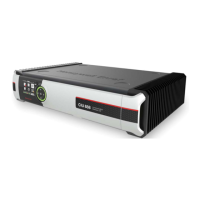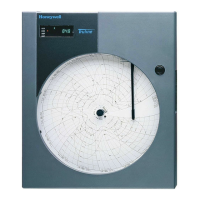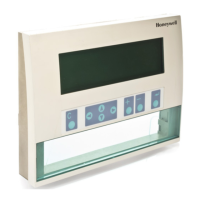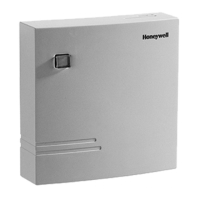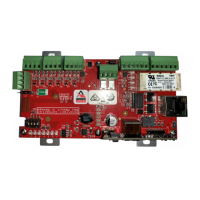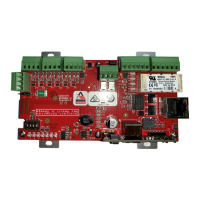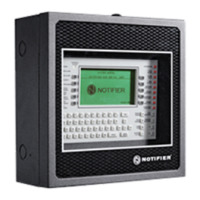perating and Installation
is allowed to originate CSD or I
nternet connections. This allows the
to call in at regularly scheduled times or whenever an alarm condition occurs. When using
the Internet for communications the
It can only originate calls to the
Allow Connection Requests
This setting allows the CNI2 to act as an Internet “server”, allowing it to be contacted via the
Internet. When this box is checked the
specific server features.
Allow Connection Requests
feature requires the cellular radio to be powered up more
frequently. This will have a great impact on battery life. A permanent power source such as
solar or AC is recommended if you wish to use this option.
“Paging” is a mechanism that causes the
to call back to the Primary Destination on
Your cellular account may not offer voice or
is configured for CSD mode the
to answer incoming CSD calls from the central office.
. These options require the cellular radio to be powered up at all times,
which will quickly drain the
A permanent power source suc
AC is recommended if you wish to use these options.
You can configure the CNI2 to count pulses from up to 6 sources
erval and the total for that period is saved as
counting process over for the next time interval and this process continues indefinitely. The
time interval can be 1, 2, 3, 5, 6, 10, 12, 15, 20, 30 or 60 minutes
(anything evenly divisible into
. A shorter time period allows you
to observe small changes with more detail. But it also
more quickly, causing the
to need to communicate with the data
collection system more frequently
so that older data is not lost
. This can have an impact on
fe and the cost of the cellular service.
has the capacity to save a total of 30,000 records before it starts to overwrite the
oldest records. These are divided equally between all active pulse
counting channels. If only
locations will be used for that
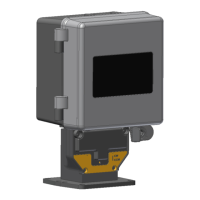
